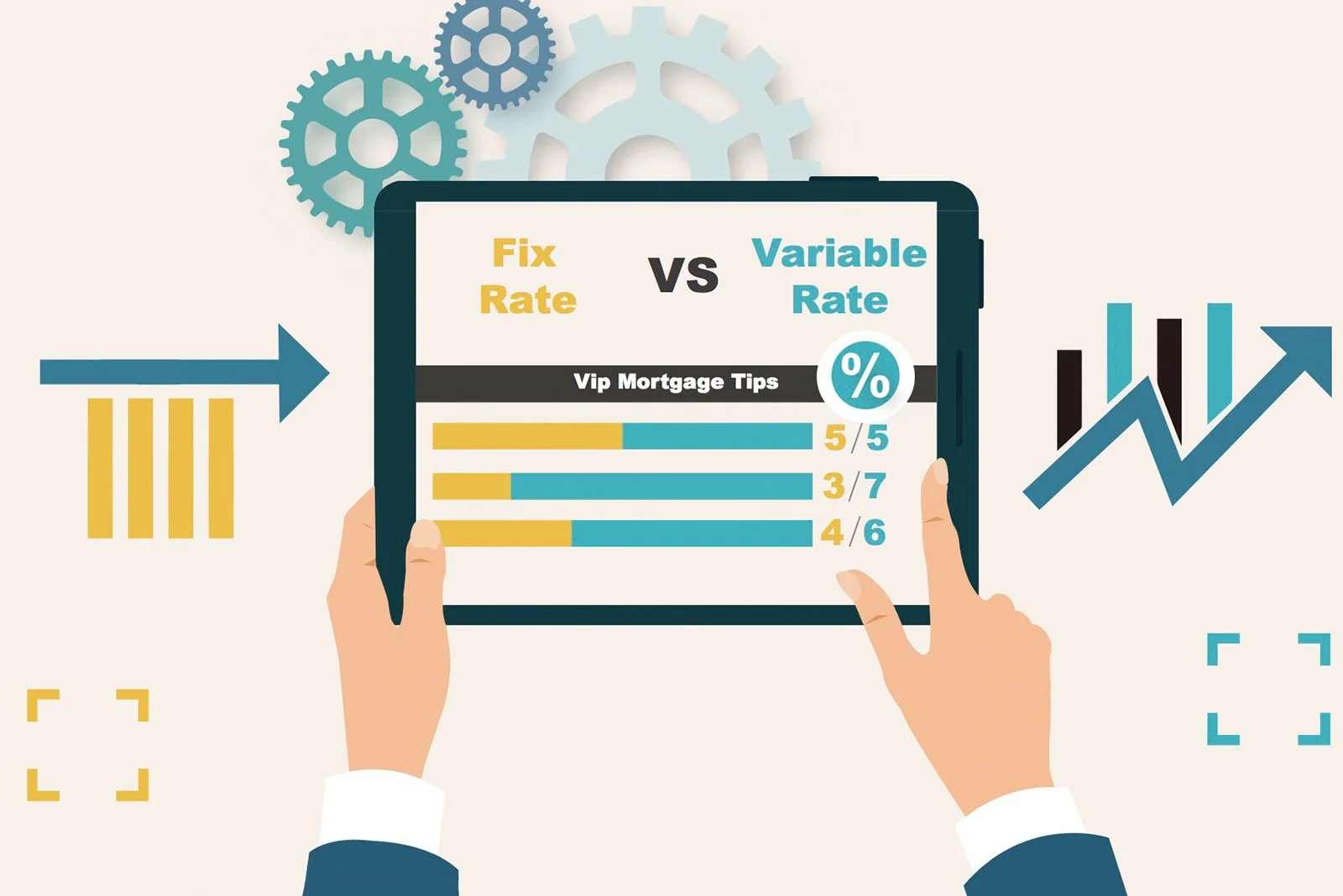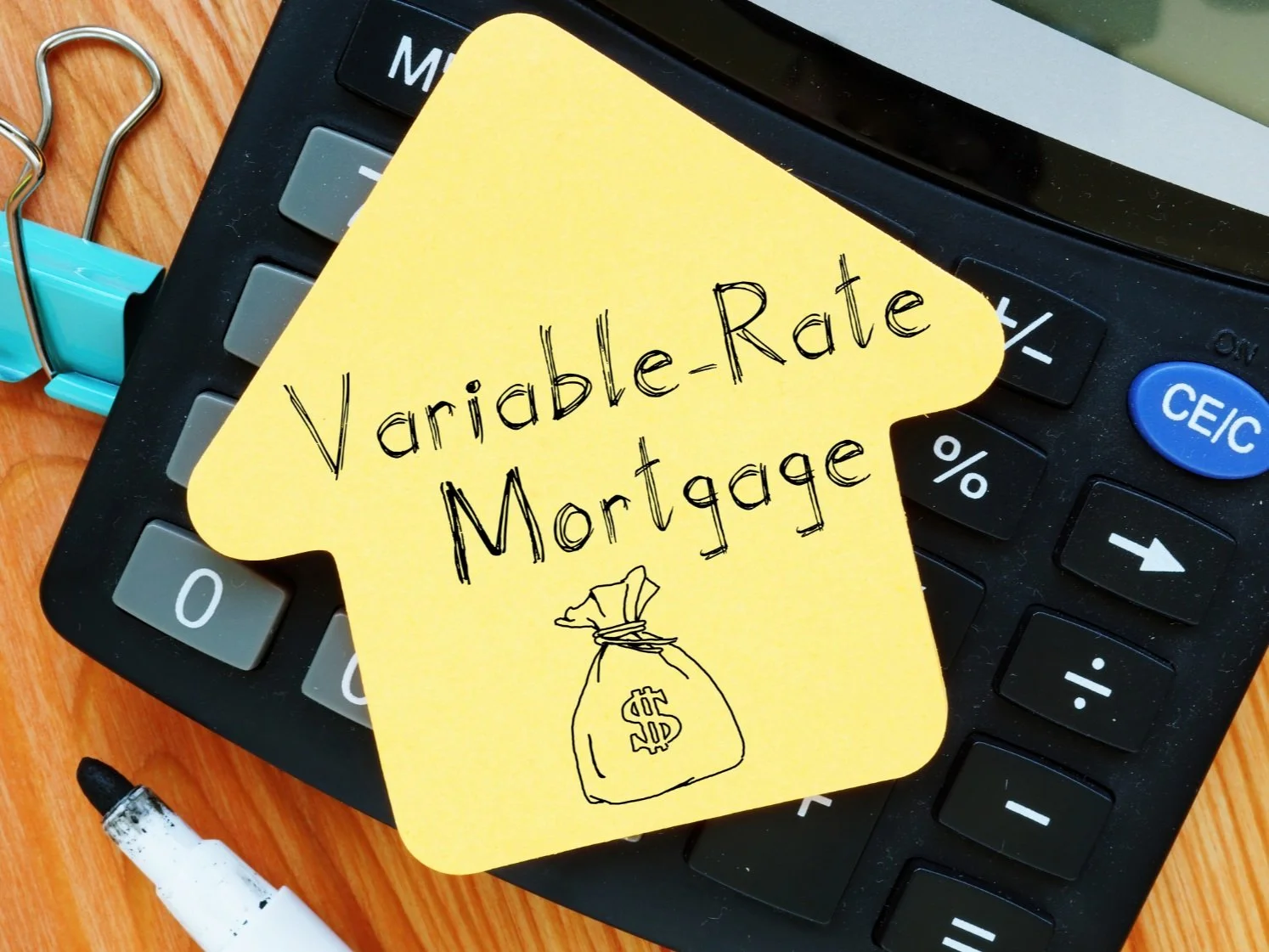Loan Structure: Understanding Fixed and Variable Interest Rates
/There are a few ways to structure your home loan repayments. Finding the best option may save you time and money on your mortgage. Here is some information to help you choose the repayment structure that works best for you.
Variable rate loans
Variable interest rate loans are all about flexibility. Essentially, with a variable rate loan, the interest rate moves up or down as the market moves. This means your loan repayments may also change at any time.
Most variable rate loans come with additional features, which can reduce the amount of interest paid over the life of the loan. For example:
a 100% offset savings account
a redraw facility
capacity to set your regular repayments above the minimum scheduled repayment
unlimited additional lump sum repayments
progressive draw down of the loan.
For aspiring borrowers I always recommend that you conduct a sensitivity analysis so that you know how much your loan repayments will change for each 0.25% (25 bps) movement in the loan interest rate. If you are uncomfortable with the impact of say, a 1% upwards movement in the loan interest rate then you should give strong consideration to fixing at least a portion of your loan.
Fixed rate loans
Fixed rate loans are all about certainty. A fixed rate loan is one where the interest rate, and the loan repayments, are fixed for a defined period. The most popular choices are three and five-year fixed interest loans, although options ranging from one to ten years are available.
But in return for that certainty you lose a degree of flexibility. Fixed rate loans have strict limits on additional repayment amounts you can make during the fixed rate term without incurring break costs. These limits vary from lender to lender, but they are generally expressed as a maximum amount of early repayments during the fixed rate term, or as annual limits such as 5% of the fixed loan amount per calendar year.
Break costs cannot be calculated in advance because they depend on factors such as money market rate movements and the time remaining in the fixed loan, plus a base administrative cost in setting up/unwinding the fixed rate contract. But it is important to note that they can be substantial, so generally you should not adopt a fixed rate if there is a chance that you may repay the loan before the fixed term expires; for example through the sale of your property.
Some important points to note about fixed rate loans are:
Most lenders will not allow fixed rates on construction loans.
Additional repayments made to fixed rate loans are generally not available as redraw.
Fixed rate loans generally do not have 100% offset savings account facilities.
Some lenders use fixed rates as a marketing tool (bait) to attract new borrowers. Look beyond the fixed term and examine the variable rate payable when the fixed term ends. The major banks in particular will try to push your variable rate back to the standard rate, or a much lower level of discount than you could have negotiated at the outset. If in doubt, look at the lender’s Comparison Rate for its fixed loan product.
A fixed rate is not fixed until your loan settles. You can avoid this risk by paying a Rate Lock Fee to buy forward the rate for a period of up to 90 days from the date of application. But these fees are not always economic so you need to assess whether this is worthwhile in your case.
Split loan facilities
Many borrowers choose to blend fixed and variable loans into split account facilities to give themselves a degree of certainty whilst also providing the level of flexibility they require. The most common structure is a 50% fixed / 50% variable split but really there are no practical restraints on these percentages and 90/10 splits are the preferred option for some borrowers.
Note that you can also choose to set up your loan with a variable rate, and then fix all or part of the loan after it has settled. This is a fee-free change with most lenders’ professional packages.
How to make your decision
Choosing which loan structure is best for you depends on your personal situation, possible changes in income or expenses, and your short-term expectations with your property. Your overriding approach should be to understand that fixed interest rates are a risk management tool; they are not necessarily a way to save money. Do not try to second guess the interest rate market. My rule of thumb is that 80% of the time lenders will end up ahead on any fixed rate loan contract, simply because they understand money markets much better than their customers.
Seeking advice from an experienced mortgage adviser can help you to determine your priorities and clarify your objectives while screening out the noise created by a plethora of marketing tactics by lenders. They can be instrumental in leading you to adopt the best loan structure, and lender, for your circumstances.











